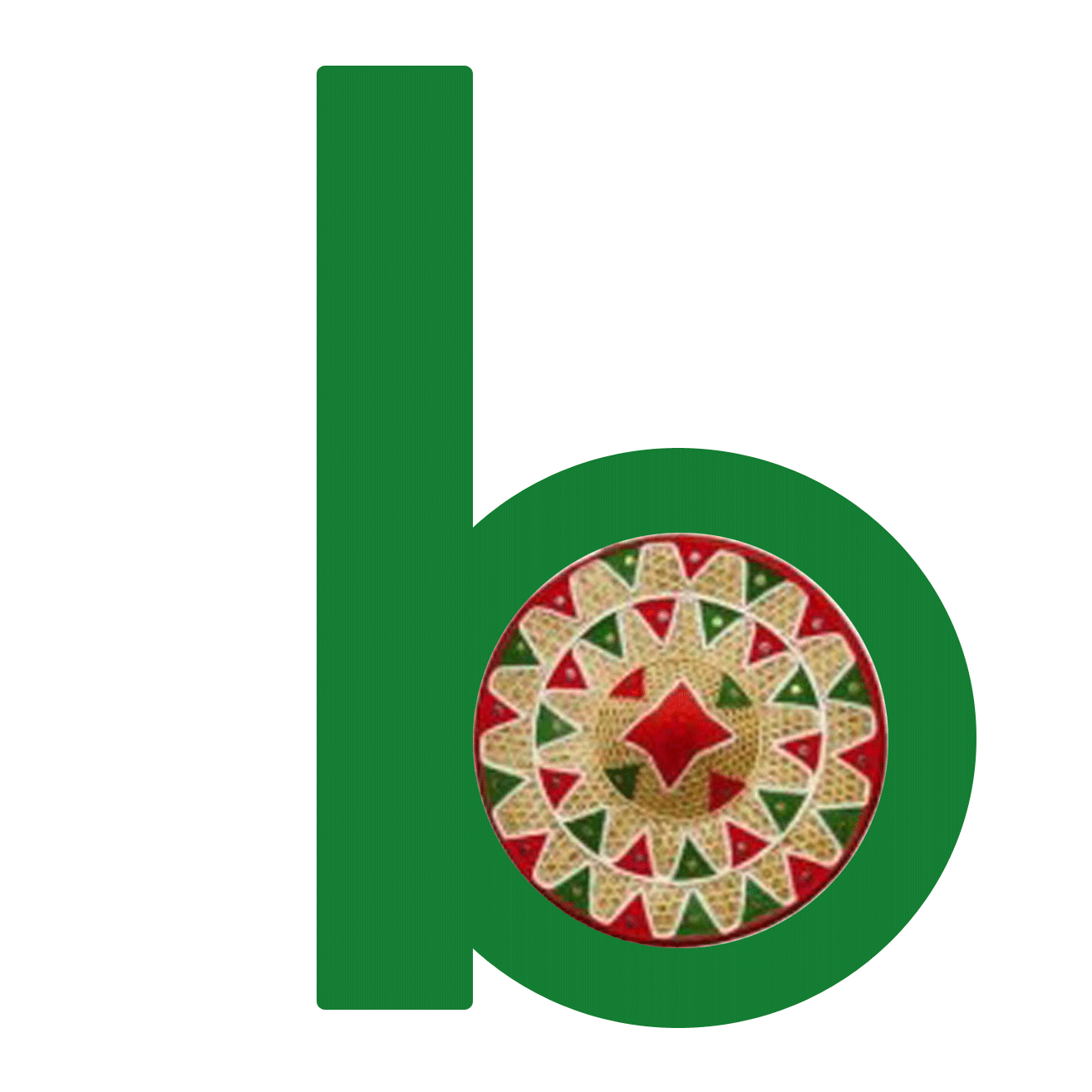Sualkuchi,the Manchester of Assam is located on the northward bank of the mighty river Brahmaputra. The hand-woven silk material of Sualkuchi on Muga and Mulbery occupies a home of eminence in preserving the Assam heritage and culture and plays a vital role in economy of Assam. This is the textile center of Assam. Muga silk and Pat silk along with Eri silk and Endi cloth from this region is famous for its quality. Mekhela chadors and Gamosas made from this indigenous materials is in demand throughout Assam as well as other parts of India.
Sualkuchi in History
Sualkuchi an ancient craft village-having silk-rearing and weaving communities, potters, goldsmiths and oil pressures. While silk-rearing vanished long time ago, the gani industry perished during the early the part of the last century as the ‘Mudois’ of Sualkuchi used to sell mustered seeds to the mill of Guwahati. Pottery and gold-smithy have also vanished and the ‘Kumars’ and goldsmiths have undertaken more income yielding weaving besides other professions. The history of Sualkuchi was traced elsewhere by this writer to the 4th century BC on the basis of Kautilya’s reference to Suvarnakudya of ancient Kamrupa where the best quality of Patrorna (pat) was produced. This Suvarnakudya of Arthasastra was probably known later on as Swarnakuchi- a village naow in the bed of the Brahmaputra after the angle like bent of the river at Agiathuri was straightened towards Hatimura by Chilarai in 1562 (and the river by side of Hajo gradually dried up) and the name Sualkuchi /Soalkuchi is guessed to be derived from Swarnakuchi which in turn might have been derived from Suvarnakudya mentioned by Kautilya. The antiquity of Sualkuchi is also proved by the Asam Buranji by Gunabhiram Barua according to which the Basarioya (Basattar Gharia) Brahmins of Sualkuchi were granted land by one king Dharmapal probably of the 10th century AD. Three chronicles also testify that three was a Tanti community who were weaving silk cloth and Momai Tamuli Bezbarua and some other Ahom officials were punished by the Ahom King Pratap Singha for removing some Tanti families in 1636 to other places during the second phase of the Ahom-Mughal war.
The number of purely commercial looms working through out the year and producing different verities of fabrics only for the market is not very much encouraging. The silk loom of Sualkuchi and the Cittaranjan looms of Silchar had held a predominant position as per a report of the Textile Enquiry Committee of 1954. Sualkuchi However holds now the unique position in Assam nay in North East India by producing pat (mulberry). muga and tasar fabrics of various designs and colors. It has very expert designers and weavers. On the occasion of the visit of Mahatma Gandhi to Sualkuchi on January 9, 1946 one designer Rajen Deka, designed the picture of Gandhiji got it woven in a piece of pat cloth and was presented to him. The woven picture was so fine that even the two broken front teeth of Gandhiji with a smiling face were depicted and while seeing the picture the father of Nation remarked that the weavers could weave dreams in their cloth.
Art & Craft
Weaving is the core activity of the people of this hamlet. It is found that 79% families have traditional looms at their home, 17% of them have modern looms for commercial silk weaving. Pat and Muga are the two main silk varieties that they use to produce Sarees, Mekhela-Chadar, Salwar-Kameej, Kurta, Scurf, Gamosa and Chunni etc. Besides weaving people are engaged in handicrafts like basket making, hand fan making from bamboo, etc. Muga silk is the product of the silkworm “Antherea assamensis” endemic to Assam. The pupa of these silkworms feed on “som” (“Machilus bombycina”) and “sualu” (“Litsaea polyantha”) leaves. The silk produced is known for its glossy fine texture and durability.
Due to its low porosity the Muga yarn cannot be bleached nor dyed and its natural golden color is retained. This silk can be hand-washed with its luster increasing after every wash. Very often the silk outlives its owner. Assam has received a geographical indication for the production of Muga. Pat silk is produced by silkworms which feed on mulberry leaves. It is usually brilliant white or off-white in colour. Its cloth can dry in shadow. Eri silk is made by “Philosamia ricini” which feed on castor leaves. It is also known as Endi or Errandi silk. Due to the fact that manufacturing process of Eri allows the pupae to develop into adults and only the open ended cocoons are used for turning into silk, it is also popularly known as non-violent silk. This silk is soft and warm and is popular as shawls and quilts.
SUALKUCHI- SILK CITY




















Add Comment